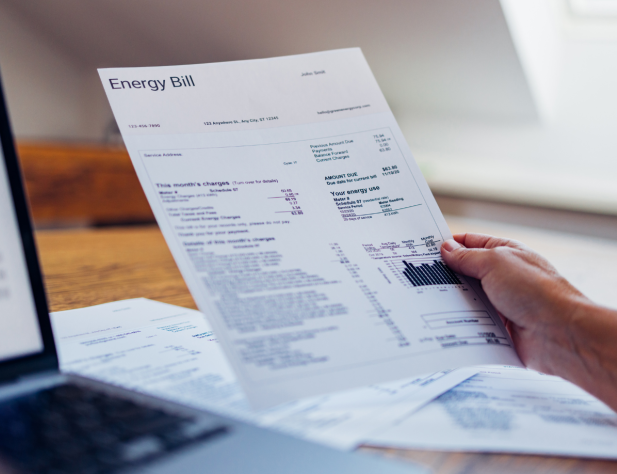Energy Consumers Australia is the national voice for household and small business energy consumers.
We promote the long-term interests of households and small businesses who use energy in Australia by providing and enabling evidence-based advocacy to the energy sector on the issues that affect consumers.
Equity

I pay a fair share of the energy transition.

Value

I pay a fair share for the energy I use.

Agency

I can make optimal energy decisions.

Ownership

I benefit from the energy transition.

Control

I can manage my energy consumption.

Justice

I have the energy I need.

Representation

I have powerful advocates working in my long-term interests.

Our latest work

Consumer Energy Report Card: Understanding and measuring energy hardship in Australia
Joint submission to the Essential Services Commission (Victoria), responding to request for comment paper, Victorian Default Offer 2026-27
Submission to the Department of Climate Change, Energy, the Environment and Water (DCCEEW) on the Solar Sharer Offer Consultation Paper 2025-26
Submission to the Australian Energy Regulator (AER)'s review of the Default Market Offer (DMO) issues paper 2026-27
Are you a household or small business?
Check out our information on some of the most common issues and interests that consumers have about energy.
Get helpful resources for:













